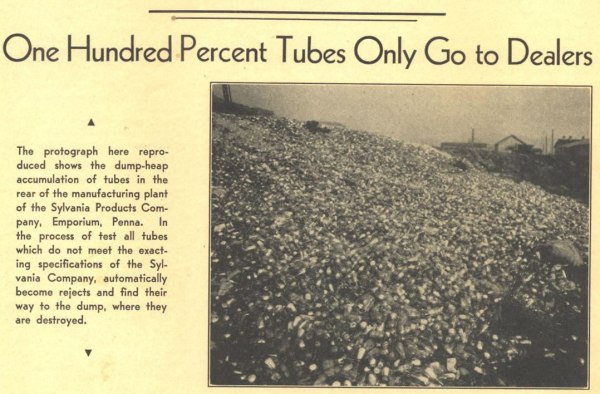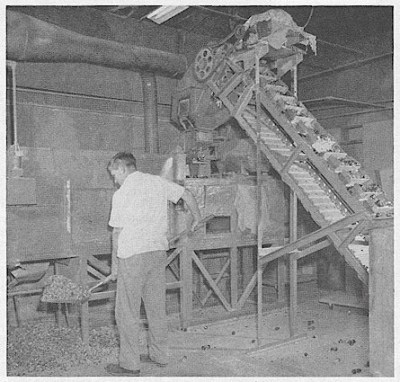[Ken Conrad] didn’t like spiderbot projects he saw on the Internet: they mostly had 2 degrees of freedom per leg—if not fewer. He set out to make a hexapod robot with 18 DOF and the ability to move in any direction. Measuring around 20” from tip to tip, the custom, 3D-printed chassis was designed around eighteen SG90 9g micro servos. Each leg has 3 servos, one to move the tip, one for the middle, and one to move the entire leg back and forth, crab-style.
Perhaps the most intriguing notion of the project are the big paddle-like legs. [Ken] hopes get the robot to achieve some degree of flotation by laying its lower legs flat, staying afloat either due to surface tension, or maybe with the help of some buoyant material added to the legs.
[Ken] still has to figure out a control system for this beast, but we’re in awe of his creative use of zip-ties in place of traditional fasteners.







 For Sylvania, one of the largest tube manufacturers of the golden age, this meant producing a lot of duds. A mountain of them, in fact, as you can see in the picture above.
For Sylvania, one of the largest tube manufacturers of the golden age, this meant producing a lot of duds. A mountain of them, in fact, as you can see in the picture above. 








